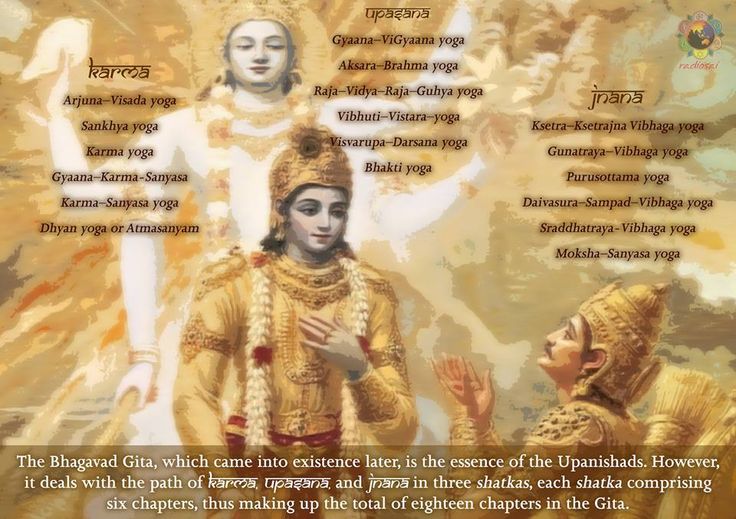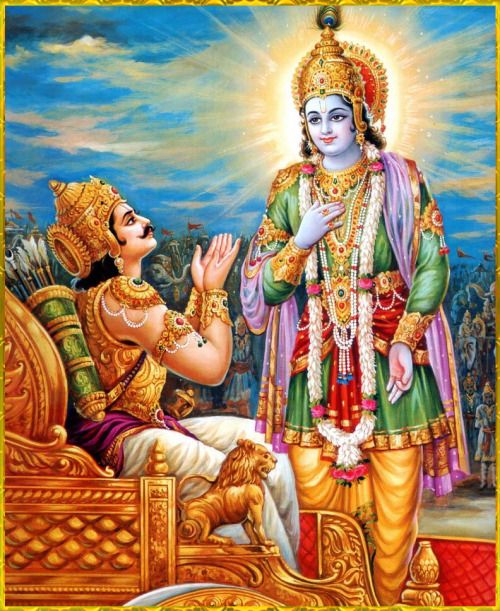Srimad Bhagavad-Gita : Ch-13, Slo-22, Discussion

29/08/2018 Srimad Bhagavad-Gita : Chapter-13. ( Kshetra-kshetrajna-vibhaga-yogam) Slokam-22. upadrashtanumanta ca bharta bhokta mahesvarah, paramatmeti capyuktah dehesmin purushah parah. asmin dehe = this ( situating ) in this body; parah purushah = the supreme ( transcendental ) Lord; upadrashta = ( said to be ) the witness; anumanta = ( said to be ) the one who gives permission; bharta = ( said to be ) the one who governs / rules/ Master; bhokta = ( said to be the ) supreme enjoyer; mahesvarah = ( said to be the Supreme Lord; paramatma ca api =...




